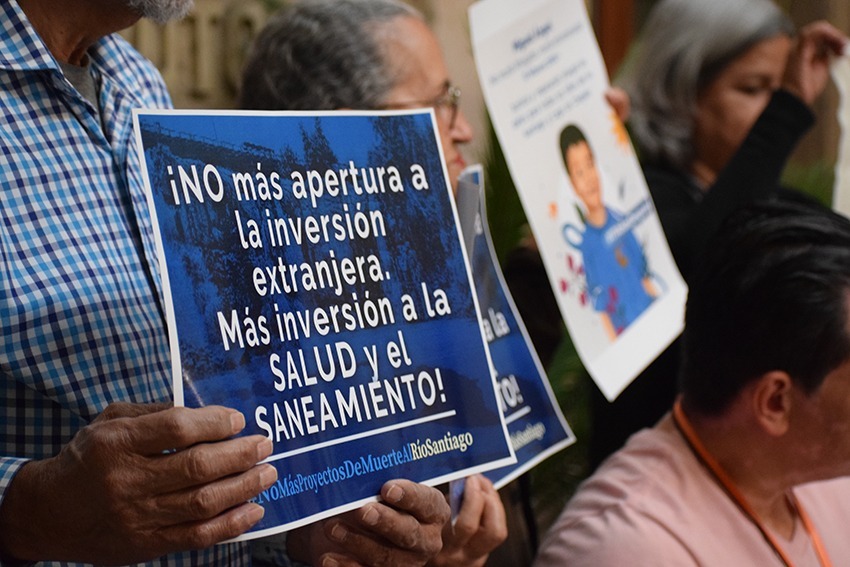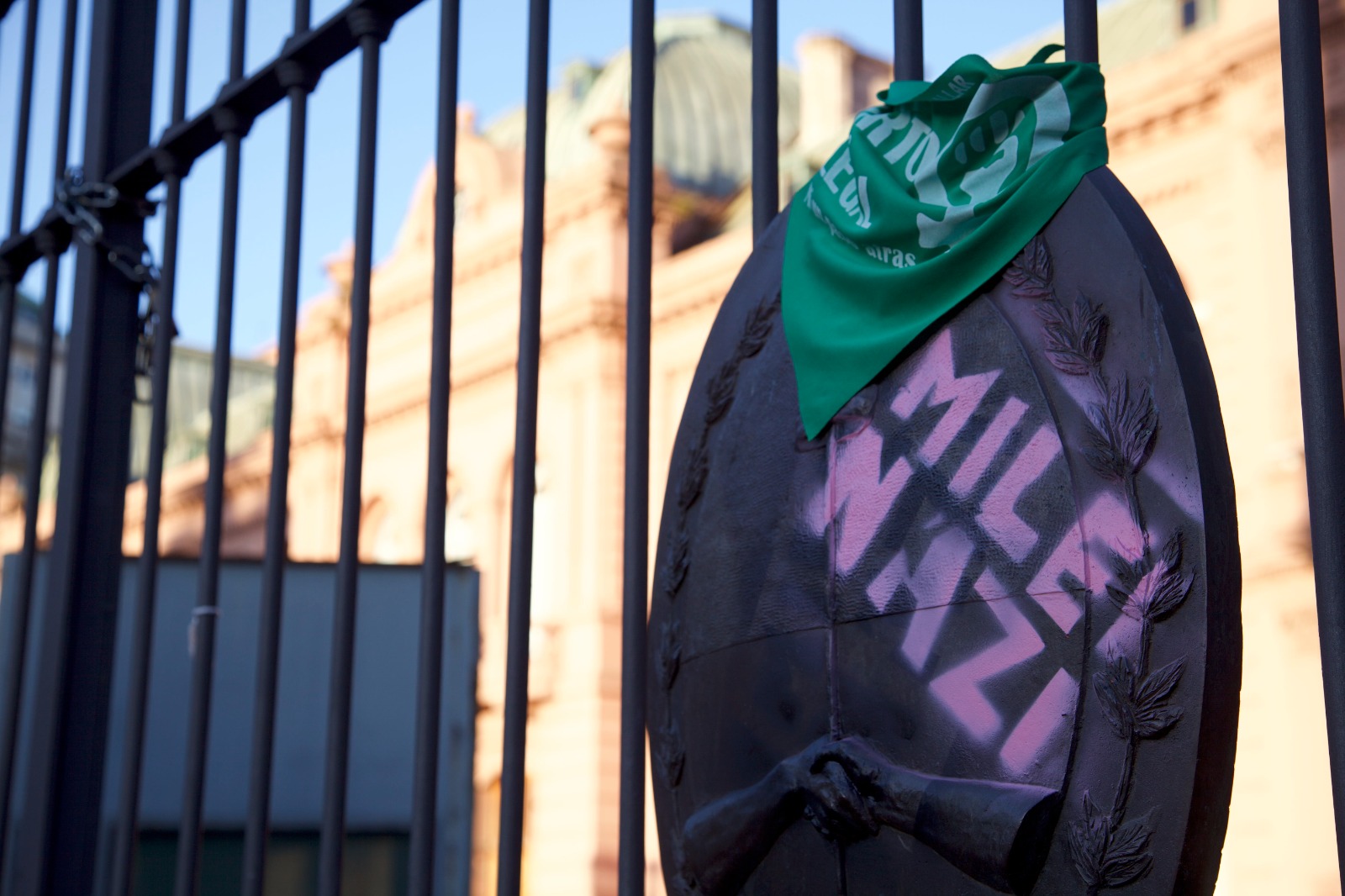On Oct. 29, Luiz Inacio Lula da Silva won the second round of Brazil”s presidential elections with more than 60% of the vote. A large portion of Brazilians, including several leftwing critics, believe that Lula”s second term (2007-2010) will center more on development than the first term, model itself less after the demands of the market, and move closer to the social movements.
The facts are clear: the poor, the black, and those with less education won Lula the presidency. The middle class, elite, academics, and the white voted for Geraldo Alckmin, the social democracy candidate who represents the traditional right. In geographical terms, the division was equally clear.
The first four years of Lula”s administration created a radical change in the online casino population”s voting preference, in large part because social policies have favored the poorest while several reforms have marginalized the middle and working classes. But the unknowns surrounding Lula”s next administration will become clear over the next few weeks as he announces his cabinet. The primary struggle is over the economy, where there are at least two opposing forces. Brazil”s political scene is marked by a strong rivalry between the elite class and social movements, the results of which will set the course for South America”s largest country.
The Renewed Power of the Elite
Compared with the elections of 2002, the Party of Workers (PT, for the Portuguese initials) lost 2.1 million votes. This is a 13% decrease, from 16,094,000 votes four years ago to 15,990,000. It obtained only 83 seats of the 513 that make up the House of Representatives, whereas four years ago it held 91. The primary losses suffered by the PT occurred in the south (22% loss) and the southeast (23% loss), where it lost almost one million votes. In the state of Sao Paolo



